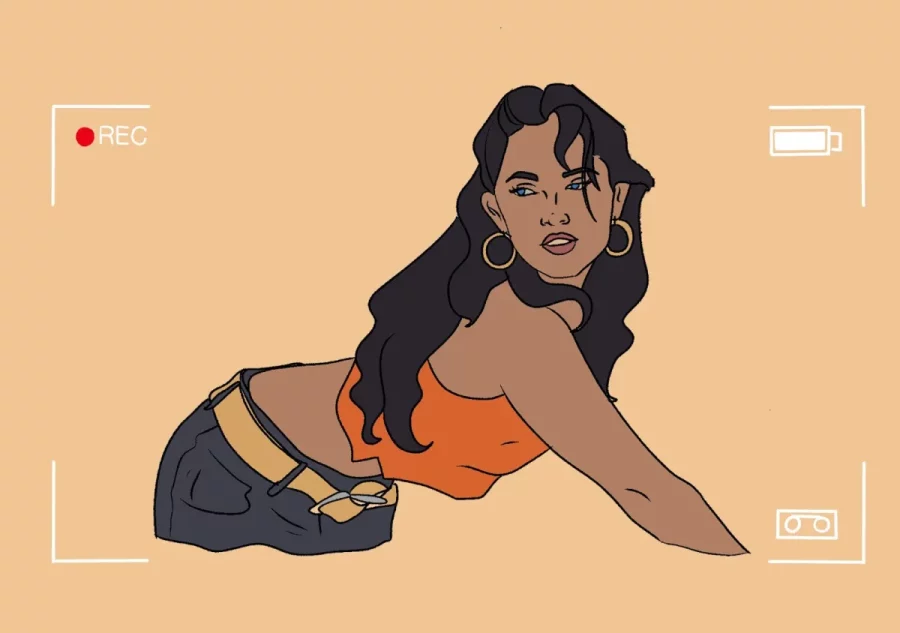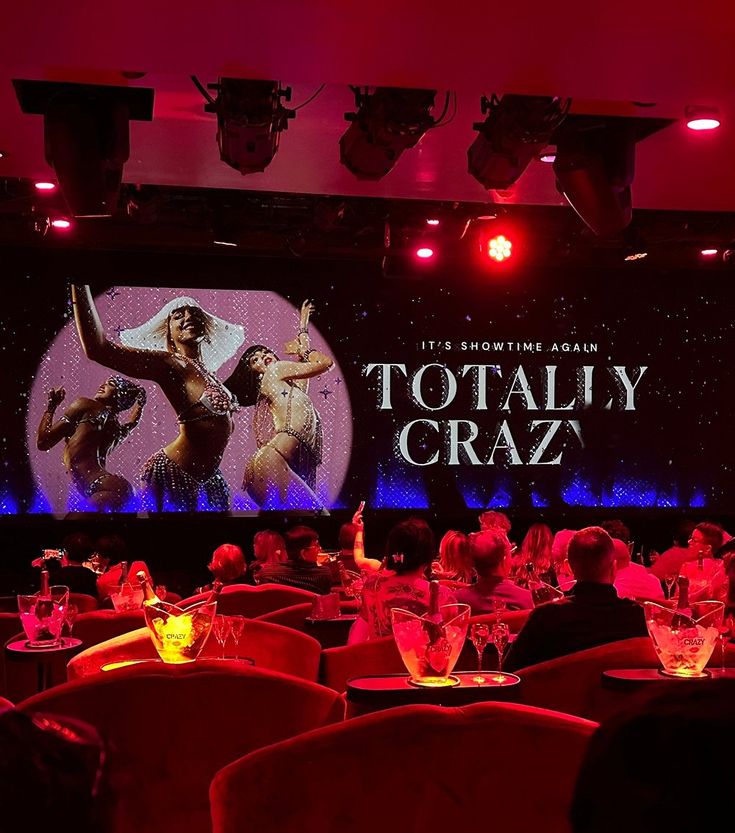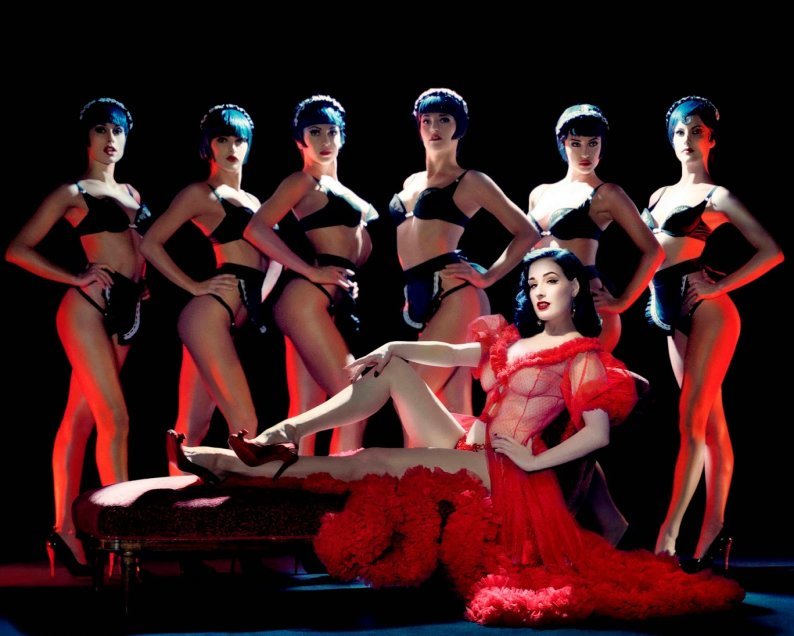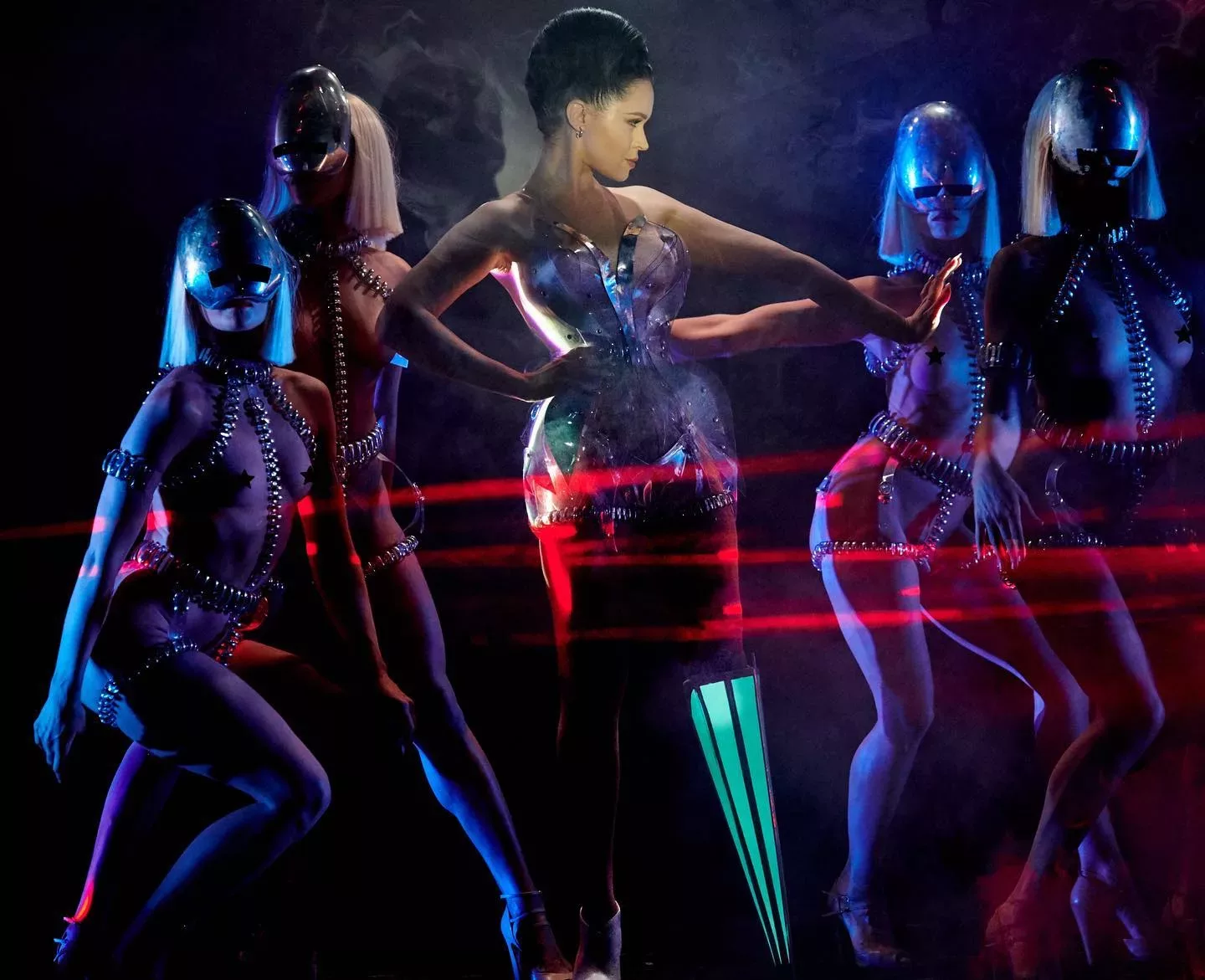What is the “male gaze”?
“The Male Gaze describes a way of portraying and viewing women that empowers men while at the same time sexualizing and devaluing women.The concept of the Male Gaze was first introduced by film critic Laura Mulvey in Visual Pleasure and Narrative Cinema, who argues that men tend to be the dominant, entitled subjects of the gaze and women the objects of the gaze in most popular films. Laura argues that in cinema, men tend to be the power-holders and subjects of the gaze, while women are the objects to be gazed at, and that most popular films overwhelmingly satisfy men’s voyeuristic pleasure.
The Male Gaze at the Crazy Horse Show
Crazy Horse is a cabaret show performed by Frenchman Alain Bernardin in the Crazy Horse, a nightclub founded in France in 1951. Crazy Horse is known for its sophistication, elegance and sensuality, featuring a combination of nudity, lighting, scenery and choreography, and is an artistic performance with the concepts of “sound, light, color and nudity”. The whole show is generally composed of beautiful dancers with good body proportion and consistent body shape, and the dancers are completely naked or nearly naked during the performance, with magnificent and fantastic lights and smoke as the veil, under the colorful lights and tracks, showing a three-dimensional show with sound and light as well as sensory effects.
Although the Crazy Horse show claims externally that its behavior represents women’s freedom and is a symbol that makes women proud. However, it challenges traditional notions by utilizing the naked bodies of female dancers to gain the attention of male viewers and earn profits in a vulgar way.
The performance of Crazy Horse Show is built on trampling the dignity of female dancers to win the favor of male audience members and satisfy male desires. What they are pursuing is not true art, but more deeply, it sees the female body as a commodity, which is seen as a manifestation of the materialization and sexualization of women. Even more disturbing is the possibility that such venues promote a wide range of illicit industries, including, but not limited to, human trafficking.
Impact of the “male gaze” on society
The “male gaze” has been “naturalized” to become the dominant viewing behavior. “Gazing” at women from a critical, top-down perspective limits the range of women’s vision and gaze. This unequal relationship ultimately leads to a blurring of the social conscience.
References
- Sarah Vanbuskirk. (2022). What is the male gaze. [Online]. verywell mind. Last Updated: 14 November 2022. Available at: https://www.verywellmind.com/what-is-the-male-gaze-5118422 [Accessed 4 December 2023].
- Vimeo. (2010). crazy horse Paris Teaser Desires 2015. 24th September 2010.
- Wikipedia. (2022). Crazy Horse( cabaret ). [Online]. Wikipedia. Last Updated: 30 October 2022. Available at: https://en.wikipedia.org/wiki/Crazy_Horse_(cabaret) [Accessed 4 December 2023].





It’s hard not to admit that I’m fascinated by your title. I didn’t make the connection between the Crazy Horse show and the male gaze until I read this blog of yours, but when I did, I couldn’t agree more, and I think the example is very apt. Firstly, the female performers in the Crazy Horse show fully explain the object of this intuitive show: sexy and nearly naked dancers. The materialization of women under the pretext of a “free and bold label” satisfies the subject’s desires and pleases the subject. Certain scenes from the film Miss Shanghai are still considered classics. The shot shows several men standing around a boat in full clothes, while the main female character, Rita Haywards, is lying on the middle of the deck in a bikini. This reminds me of a documentary I recently watched, Brainwashed Images: Sex, Camera, and Power, which looks at the male world from a female perspective. The link between the visual language of gendered films and Hollywood’s employment discrimination and culture of sexual assault forms a solid and sad triangle. The visual language of many films, not just Crazy Horse shows, encompasses gendered power relations. Reflecting society, the male gaze is more about the male power at the top of the industry behind the disparate gender ratios.
Reading this blog about the “male gaze” in the context of the Crazy Horse show really resonated with me. As someone who appreciates art in all its forms, I find myself torn between admiring the show’s undeniable aesthetic appeal and feeling uncomfortable with its apparent objectification of women. The blog’s discussion about how such performances might perpetuate gender stereotypes and imbalance power dynamics is particularly striking.
The mention of Laura Mulvey’s theory was an eye-opener. It made me reflect on how often women are depicted as objects for male pleasure in media and entertainment. Seeing this through the lens of the Crazy Horse show, a performance I once considered purely artistic, has challenged my perceptions. It’s disconcerting to realize how such portrayals, under the guise of art and entertainment, can normalize the objectification of women and blur ethical lines.
This blog post has prompted me to think more critically about the content I consume and support. The societal implications of the male gaze, as explained here, are alarming. It’s worrying to think about the subtle ways in which such portrayals can shape our views and attitudes towards women.
In conclusion, this piece was a powerful reminder of the importance of viewing media critically. It’s crucial to question and challenge the norms around gender representation, striving for a more equitable portrayal of all individuals in media.